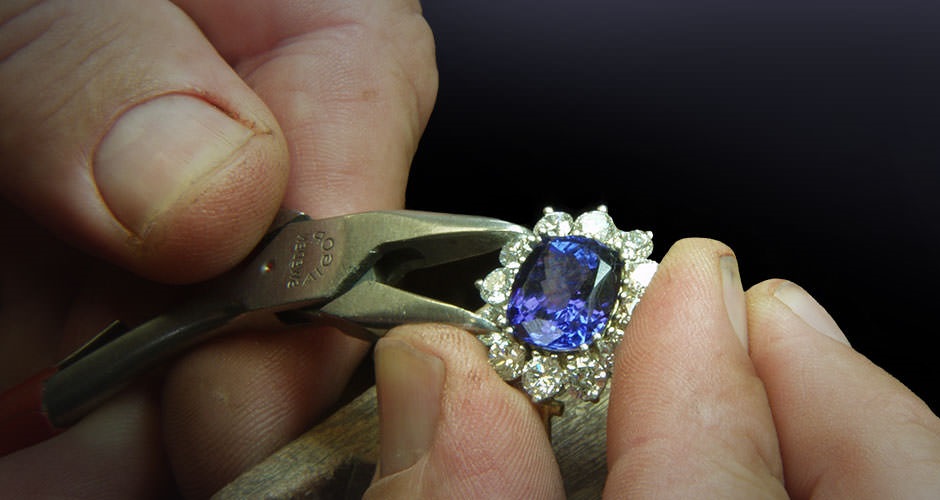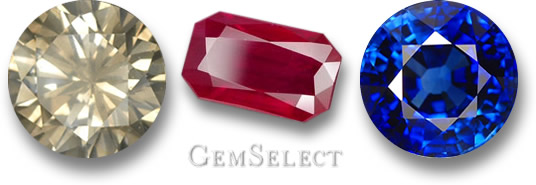 The Mohs scale of mineral hardness was created by the German mineralogist, Friedrich Mohs in 1822 to measure the relative hardness or scratch resistance of various minerals. He based it on ten readily available minerals. Since it is an ordinal scale, two minerals must be compared in order to decide which is harder.
The Mohs scale of mineral hardness was created by the German mineralogist, Friedrich Mohs in 1822 to measure the relative hardness or scratch resistance of various minerals. He based it on ten readily available minerals. Since it is an ordinal scale, two minerals must be compared in order to decide which is harder.
Almost everyone buying gemstones knows that some gems are harder than others. Most buyers know that hardness is measured on something called the Mohs scale, which ranks gemstones on a scale of 1 to 10. But many people don’t know what the Mohs scale really means. Even more, people mistakenly believe that hardness is the key to gemstone durability. This article will try to clear up some of the confusion about gemstone hardness.
On the Mohs scale, diamond is rated 10, meaning that it can scratch all the other gems on the list; corundum (ruby and sapphire) (9), topaz (8), quartz(7), orthoclase (6), apatite (5), fluorite (4), calcite (3), gypsum (2) and talc (1). To give an example of how the scale works, topaz can scratch all of the gems with a lower rating but can be scratched by diamond and corundum.

The Mohs scale is only relative. It doesn’t tell us how the much harder diamond is than corundum, topaz or quartz. Diamond is about 4 times harder than corundum, but corundum is only 2 times harder than topaz. Topaz, in turn, is twice as hard as quartz, but quartz is only about 25% harder than apatite.
The durability of a gemstone should not be judged solely on the basis of hardness. There is more to durability than just hardness. For example, a diamond has perfect cleavage, meaning it can be split with a single blow. The same is true for topaz, another very hard gem.
Corundum (ruby and sapphire), while not as hard as diamond, has no cleavage, a property it shares with spinel and quartz. Some other quite hard gems, such as emerald, can have internal fractures that are filled by oiling, and thus require special care. Some gems that are not particularly hard, such as jade (6.5 to 7 on the Mohs scale) are extremely tough because of their crystal structure.

Another measure of durability is stability. Stability is the tendency of a material to be altered by exposure to light, heat or chemicals. Many gemstones, such as aquamarine and peridot, should not be exposed to acid. Some gems, such as kunzite, Hiddenite, and yellow-brown topaz, are sensitive to light and can fade if exposed to direct light for long periods. Gems that contain water, such as opal, can become dehydrated and crack.
You can see the complete Mohs chart, including ratings for about 50 different gem varieties, on our gem hardness information page.
For more information on caring for and cleaning different types of gems, see our gemstone cleaning and care page.
]Source: https://www.gemselect.com/other-info/hardness-durability.php


